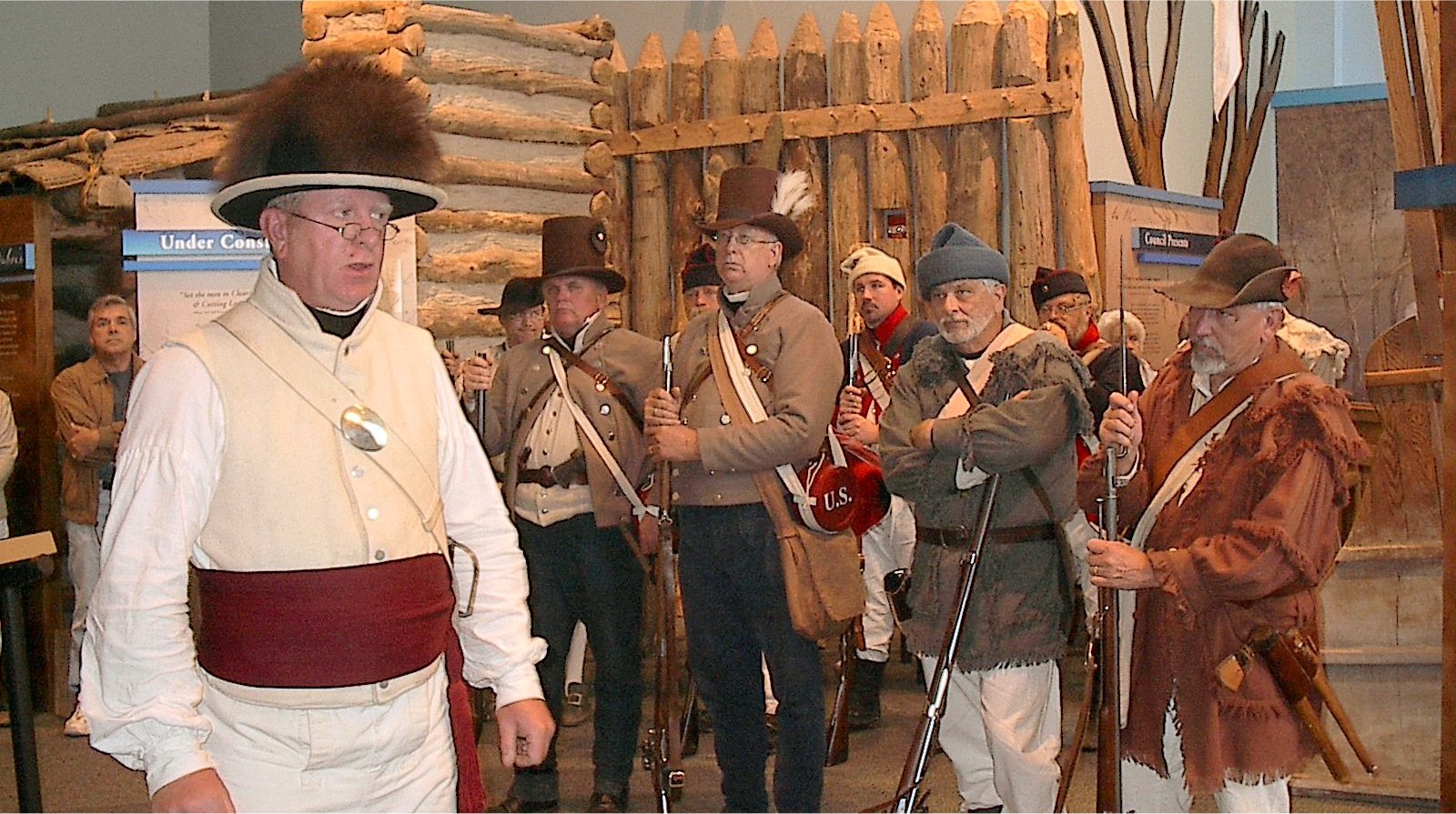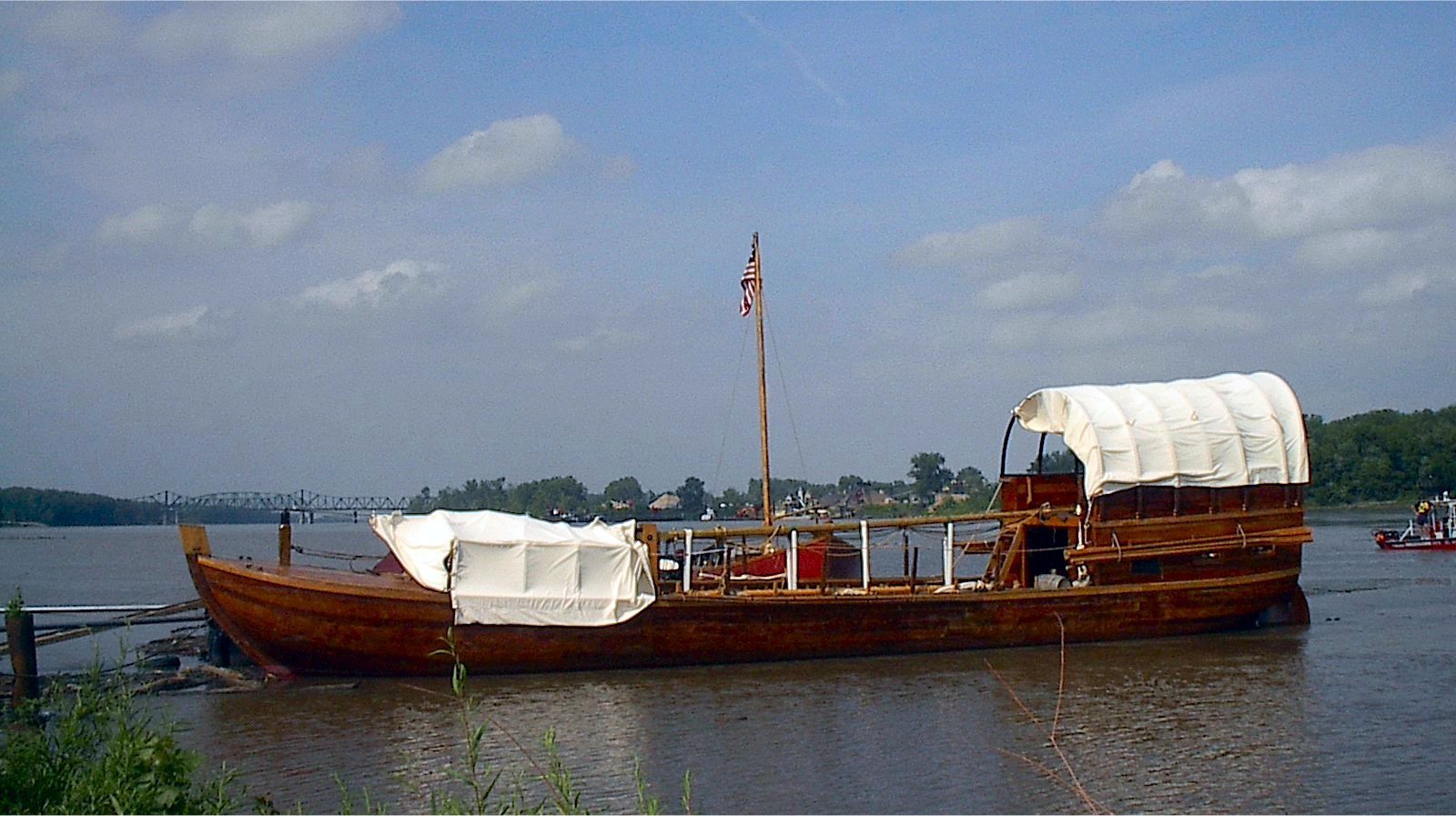When most people think of Lewis and Clark’s expedition they think of a western adventure. They think of the 28 month journey that started near St. Louis, traveled up the Missouri River, contacted Native Americans, braved the elements, crossed the Rockies, reached the Pacific Coast and journeyed back. Overlooked are the efforts of many along the eastern seaboard in conceiving, designing and equipping the endeavor. Thomas Jefferson had for many years thought about a navigable cross-continental trade route to the Pacific Ocean to establish an American presence in western North America, the first being in 1783 when he asked famed Indian fighter George Rogers Clark to lead such an exploration. This and two other attempts failed to come to fruition.
When Jefferson was inaugurated as President of the United States in 1801 he was concerned that American commerce would be restricted along the Mississippi after Spain ceded the Louisiana Territory to France. When Spain removed the "right of deposit", which closed shipping through the Port of New Orleans, Jefferson decided to negotiate with France to purchase the city of New Orleans. Jefferson sent James Monroe and Robert R. Livingston with authorization to purchase New Orleans for $10 million. In need of money, Napoleon Bonaparte, First Consul of France, offered to sell the entire Louisiana Territory for $15 million. This offer was endorsed by Jefferson and approved by the U.S. Senate in 1803. The Louisiana Purchase nearly doubled the size of the country and a new frontier was opened to the United States. With the Louisiana Purchase now territory of the United States, Jefferson decided to again try to mount an expedition of discovery.
Chosen to lead this expedition was Meriwether Lewis, the president's personal secretary. In May of 1803, Lewis arrived in Philadelphia, the former capitol of the United States and a city that possessed the concentration of knowledge that Lewis needed to succeed in exploring the vast, uncharted western wilderness. In Philadelphia, Lewis studied surveying, celestial measurement, botany, natural history, and medicine. While in Philadelphia, Lewis also purchased more than thirty-five hundred pounds of equipment for his assignment including portable shelters, clothing, Indian trading goods, weapons, health maintenance items, emergency food, navigational and cartographic instruments, construction tools, and packing boxes. It was in Philadelphia that Lewis acquired inventor Isaiah Lukens’ compressed air rifle that fascinated the Native Americans the Corps of Discovery encountered.
After arranging for the equipment and supplies to be shipped to Harpers Ferry, Lewis left Philadelphia for Washington, D.C. arriving on June 18. He immediately wrote to William Clark, younger brother of George Rogers Clark and a veteran of the Fallen Timbers campaign, inviting him to co lead the expedition to which Clark responded "I will chearfully join you."
Lewis then traveled to Harpers Ferry to pick up his supplies, arms and ammunition, and an iron frame designed to expand and be covered with animal skins to form a lightweight boat. He then traveled to the Pittsburgh area where a keelboat was built. On August 31, 1803, Lewis set sail down the Ohio River in his keelboat reaching the Corps of Discovery winter quarters on the Mississippi River near Wood River, Illinois on December 10.







